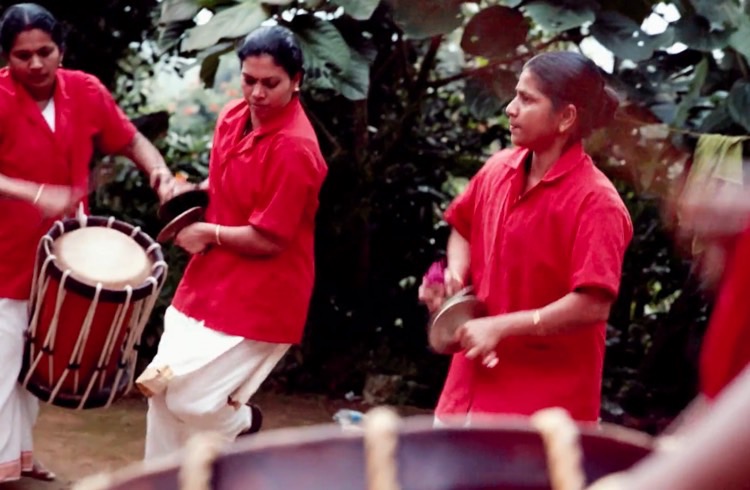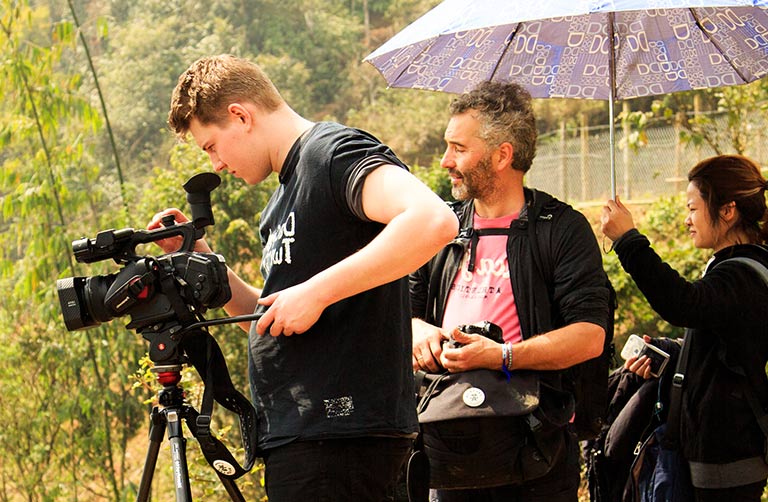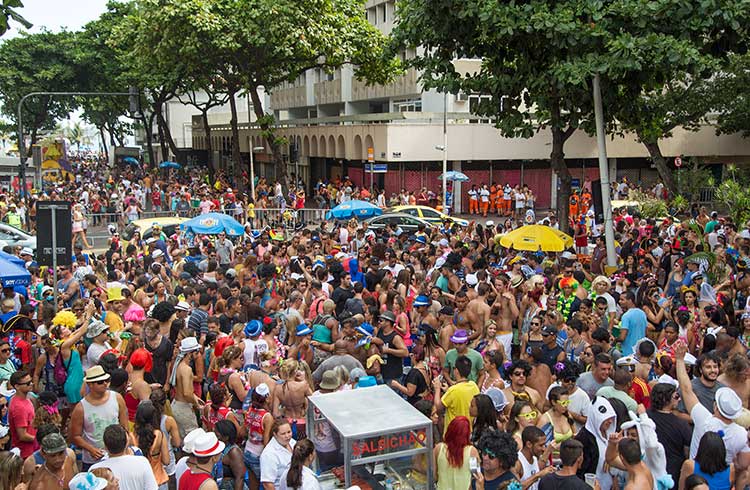Think you have what it takes to be the next travel filmmaker? Brian Rapsey, professional filmmaker and judge of our Travel Film Scholarship, weighs in with his advice.
 Photo © World Nomads
Photo © World Nomads
- Work with a premise in mind
- Be quick on the draw
- Always use headphones
- Shoot for the editor
- Rapport is essential
Work with a premise in mind
What is your story about? Don’t be merely descriptive, for example: "We are going to see a soccer match in Rio on the first day of Carnival". Try to think of a premise that can be encapsulated into a single word like: "Passion!" Brazilians LOVE their soccer. As a traveler, you may not know a thing about the teams or allegiances, but you can experience and participate in the passion that they have for this game. Passion became the guiding principle for how I framed and filmed everything on the last assignment in Rio – always trying to capture this quality. This was also what guided the editing of the story.
Note: Often, I start with one premise in mind and decide on a stronger one as the experience unfolds (sometimes a truer premise only becomes apparent in the editing process).
Be quick on the draw
Be ready to capture the moment without too much hassle in setting up your kit; you want to be able to pull your camera out quickly fully loaded and ready to roll. There is a lot of forethought that can go into keeping it simple and taking just what you think you need. Last year in Rio it was hot, humid and the crowds were huge (not to mention constantly having to watch out for pickpockets and petty thieves). The last thing you want to do is draw too much attention to yourself with a big cumbersome camera setup.
Note: Everybody loves shooting on DSLR cameras these days (I’ve personally been shooting on a Canon 5D Mark3 DSLR camera). The look is amazing – but they are fiddly and unless you have them totally under control, you can miss the moment before you get your sound gear connected.
Always use headphones
Sound is greatly underrated, but its quality is key to how well your audience will connect with your story. In documentary-like filmmaking, you can get away with average-looking pictures – but if your sound recording is bad then you won’t have a film. Always wear your headphones in order to judge whether you are capturing the necessary sound. Wearing headphones you will hear if the sound is clear or whether you need to move closer to your subjects – or get them to move somewhere quieter.
Note: A classic mistake is to forget to switch on the microphone: without wearing headphones you can film for half a day and not realize you’ve recorded nothing. We've all done it before! You need at least a ‘directional” shotgun mic mounted on your camera (I like Rode's Video Mic Pro) so that you don’t rely on the crappy internal microphones on the camera. Mic's like this use a 3.5mm input (great for DSLRs) but they can be plugged into any professional XLR sound input using a simple adaptor. I always have a radio mic at hand – but there are cheaper options if you can’t afford them (check out the Rode Smart Lav that can plug into an iPhone).
Shoot for the editor
I’m always thinking about what the editor will want or need to craft a strong story. As I'm usually the editor, I make sure I film multiple shots to give myself options – especially if the story isn’t panning out the way I initially thought it would (so that I'm covered if the story changes).
My advice for getting a range of shots?
- Get a wide shot of the subjects in a crowd to put the character in the social landscape as well as shots of the subjects interacting or listening to each other.
- Consider the necessary contextual information the audience must have to understand the story – then seek it out and film it.
- Shoot like a dramatist – using camera moves and framing to visually punctuate the emotional experience of the people you're filming.
Rapport is essential
Rapport occurs when two or more people feel that they are in sync or on the same wavelength because they can relate well to each other. In documentaries, and by extension in many types of travel films, the quality of the rapport the filmmaker has with their subjects is fundamental to the tone and success of the film. Conversely, as the presenter, there is also the rapport you have with the camera – which is, by extension – the audience. Often the camera person stands in for the audience by virtue of being there (behind the camera).
Note: when presenting to the camera or recording voiceover it often helps to imagine that you are talking to someone in particular (your mum, your best friend, a group of your mates) – play with it until you strike just the right tone. This is how you will find your particular “voice” in front of the camera – one that hopefully allows you to connect with your audience.
Related articles
Simple and flexible travel insurance
You can buy at home or while traveling, and claim online from anywhere in the world. With 150+ adventure activities covered and 24/7 emergency assistance.
Get a quote


2 Comments
Hello. Really great tips. I loved the ones about 'standing in for the audience' , shooting as if 'you are talking to someone' and ' shoot for the editor' . It will definitely help me to shoot good videos. Thanks Brian!
Interesting read on the why & what of travel film making...
TalkingTree.Media